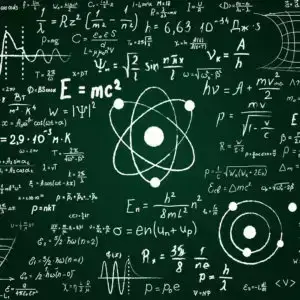https://arxiv.org/abs/2507.07209
I can’t stand these popular science articles that just cherry pick phrases from a paper. tl;dr it’s a very promising result but more observation of other galaxies or other mass consistent observations is needed before we should believe this.
However, the signal from the MW halo alone does not constitute the definitive proof of dark matter annihilation. Detection of annihilation signals from other objects or regions with consistent WIMP parameters will be crucial for the final confirmation. Gamma-ray observations of dwarf galaxies in the MW halo are fascinating from this perspective.
I would say the most exciting part is this gives us a mass range to optimise the search with earth based detectors. Start looking for 0.5-0.8 TeV masses.
I have seen dark matter from time to time especially after eating lots of red meat.
We know about dark matter from its attraction. In contrast, what you’ve discovered sounds repulsive.
The show is only a year old, and it was genuinely great.
We’re not talking about the TV series, are we?
It was very good. Joseph Mallozzi posted the original ending that he had planned. https://josephmallozzi.com/2020/07/25/that-original-dark-matter-ending-dark-timeline-edition/
I’m guessing this will turn out to be wrong, like the other times they apparently detected it. Would be very cool if true though.
BigMassive, if true!Direct observation ≠ direct detection
Pics or it didn’t happen.

Fifteen years of the Fermi Large Area Telescope (LAT) data in the halo region of the Milky Way (MW) are analyzed to search for gamma rays from dark matter annihilation. . . . A statistically significant halo-like excess is found with a spectral peak around 20 GeV, while its flux is consistent with zero below 2 GeV and above 200 GeV. Examination of the fit residual maps indicates that a spherically symmetric halo component fits the map data well. The radial profile agrees with annihilation by the smooth NFW density profile, and may be slightly shallower than this, especially in the central region. . . . The halo excess spectrum can be fitted by annihilation with a particle mass mχ ∼ 0.5–0.8 TeV and cross section 〈συ〉 ∼ (5–8) × 10-25 cm3 s-1 for the bb̅ channel. This cross section is larger than the upper limits from dwarf galaxies and the canonical thermal relic value, but considering various uncertainties, especially the density profile of the MW halo, the dark matter interpretation of the 20 GeV “Fermi halo” remains feasible. The prospects for verification through future observations are briefly discussed.
I thought they had 30 days to release the files…
If you can see it it’s no longer dark matter, just matter.
They plan to rename it “Shy Matter.”
Really really really dark grey matter
Inside the dog it is too dark to see
That’s a good quote.





